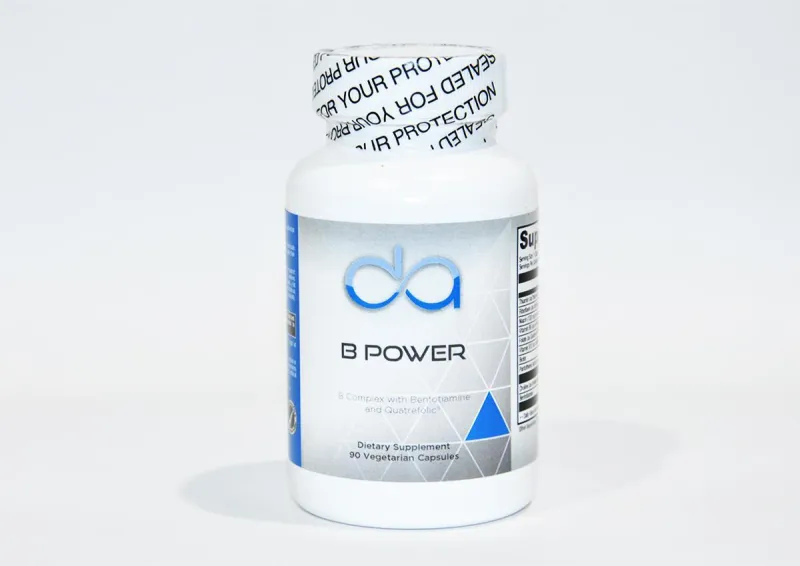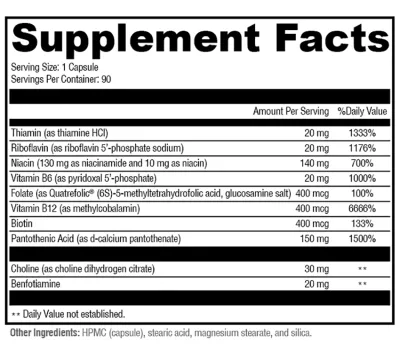



B-Power
$38.76
Quantity
© Copyright 2025 | All Rights Reserved - David Allen Nutrition
Privacy Policy Terms & Conditions Cookie Policy Acceptable Use




B-Power
$38.76
Quantity
© Copyright 2025 | All Rights Reserved - David Allen Nutrition
Privacy Policy Terms & Conditions Cookie Policy Acceptable Use